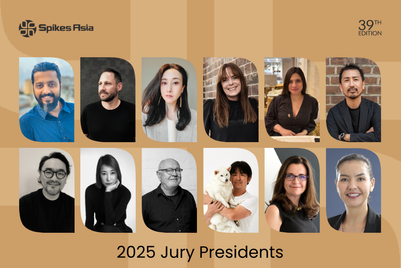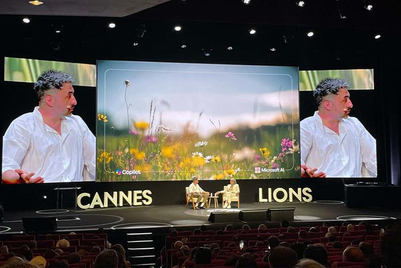
Agrawal began the discussion with a short explanation of Nokia Life Tools which offers rural consumers in India access to agricultural and educational information in their local language through basic entry level handsets. He said Nokia sensed the opportunity in being able to tap into the rural market but it came with its set of riders, the primary one being the cost involved in developing a service as well as the executional challenge. The barrier he felt was the cost of developing such a technology being disproportionate to the revenue being made at least initially.
Speaking from the marketers perspective, Welde admitted that the numbers in support of the rural market were staggering but felt there were still challenges. This included the issue of affordability, which he said was addressed by Unilever by offering satchet sized products in the rural market.
Availability and accessibility was another issue, given that rural markets typically have poor infrastructure to contend with. He mentioned Project Shakti in this context, a rural empowerment programme for women in India which enabled them to be entrepreneurs by becoming local dealers for Unilever in rural markets. Under the programme, a rural woman could buy a small stock of FMCG products and then sell it in their villages. This allowed them to earn an income that had not been possible before and dealt with the issue of distribution for large FMCG companies like Unilever. Welde felt that the other challenge was in the advertising directed at this segment. He shared some Unilever case studies which demonstrated the ability for mobile to target a large number of people in a short period of time. It was an advantage that he felt mobile uniquely enjoyed over other media.
The key questions that he believed that needed to be answered from a marketers perspective was in leveraging mobile beyond just clever advertisingand accelerate the pace of the medium.
Welde felt that given that most mobile content in such markets was largely textual, the opportunity for engagement was in areas like gaming where pre-embedded content was already present on such handsets. Agrawal felt that the fact that studies had shown that consumers in Asia generally were more receptive to advertising than in other parts of the world offered an advantage in pushing advertising messages in these markets on mobile.
Follow all the action of Spikes Asia on Twitter using hashtag #spikes09 - posts featuring that tag will appear on www.media.asia.
Also, Media is opening up its online Spikes photo gallery to readers. Send your Spikes pictures to [email protected] to include them.
Spikes Asia is organised in conjunction with Haymarket Media. The full programme can be found at www.spikes.asia.


.jpg&h=334&w=500&q=100&v=20250320&c=1)


.png&h=334&w=500&q=100&v=20250320&c=1)




.png&h=334&w=500&q=100&v=20250320&c=1)


.jpg&h=268&w=401&q=100&v=20250320&c=1)


.png&h=268&w=401&q=100&v=20250320&c=1)
.png&h=268&w=401&q=100&v=20250320&c=1)

